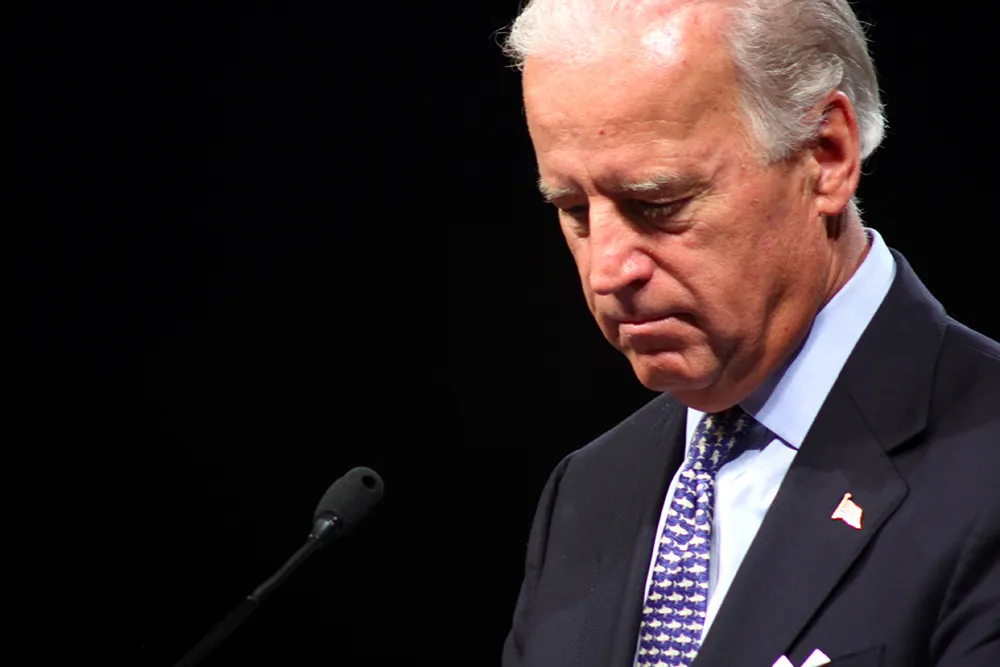
In terms of vision, joined-up thinking and exploiting the potential of ITS, the authorities in Riyadh are showing how it should, and can, be done (see page 52). Faced with a fast-growing population and ever-increasing congestion, the city’s authorities decided the situation required a solution beyond the gains that can be made by deploying ITS alone, so it is adding a metro – a completely new travel mode.
Not only that, it is doing so in double quick time with a five-year program and using some of the latest ITS technology to help drivers avoid the inevitable road closures and delays that will occur during the construction phase.
Now it is easy to say ‘they have the money’ or ‘their streets are not as old and narrow as ours and they don’t have all these protected buildings’ or ‘their residents don’t pay tax like our voters’, some or all of which may true. But in the end, with an unstoppable trend of urbanisation, it is evitable that sooner or later all big cities will need to deploy all the modal options. And if that is the case, is will be cheaper, more efficient and less painful to the travelling public to do so before the need becomes an absolute necessity. In that way any remaining capacity in the other modal options can be used to help minimise disruption while maximising the benefits in the shortest possible time.
A piecemeal approach to increasing capacity only when intervention is unavoidable will exacerbate and prolong discomfort for the travelling public and give the impression that the authority has no idea of how to tackle the city’s travel problems.
Should you take the view ‘if we hold back and wait for a few years then autonomous vehicles will cure all our problems’, reading the opinions of two experts in the field (see pages 62 and 64) may make you think again.
Caught between a tide of rising population, increasing urbanisation and ever-tighter budgetary constraints, today’s DOTs are no place for the feint hearted.










